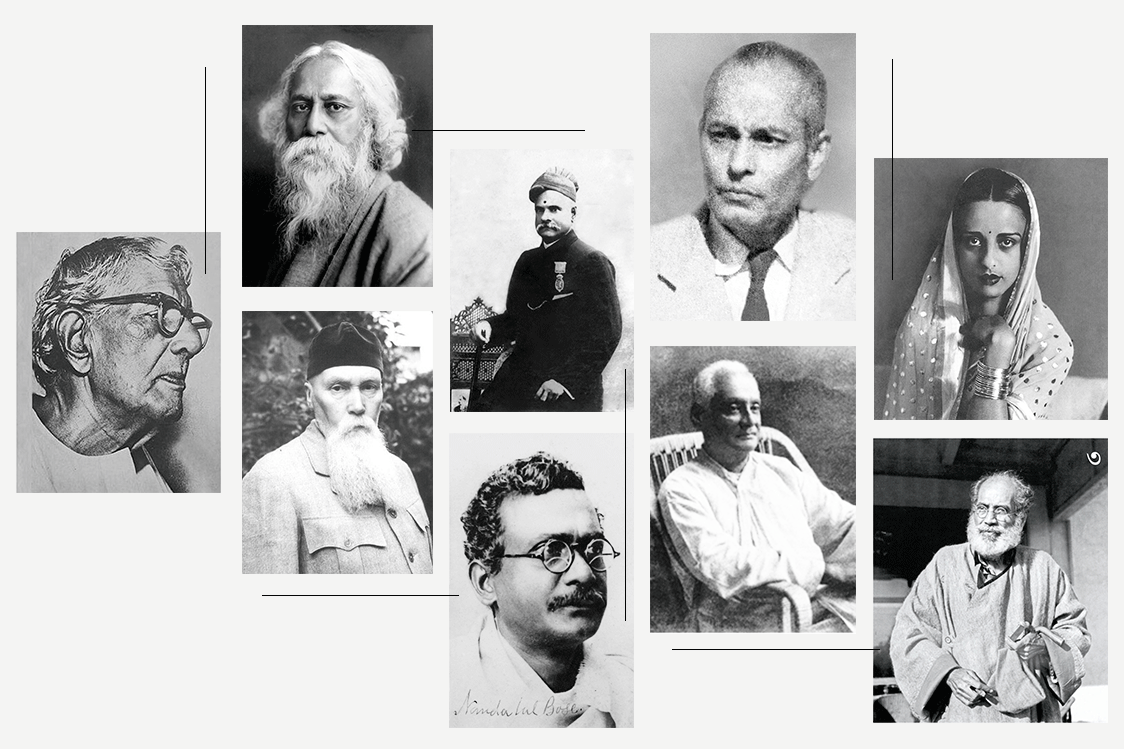Time to Refocus on Indian Art Treasures
A recently held auction in Paris offered 11 Indian artworks of immense historical value, the oldest being a Gupta-period terracotta torso of Shiva. What does it tell about our Indian heritage?
The excitement surrounding modern and contemporary Indian art is so high that it can often overshadow the importance of India’s historical arts, particularly during auctions. In this article, let us focus on several Indian artworks with significant historical value that were recently sold at Sotheby’s Arts of Asia auction in Paris. Out of the 241 lots that were auctioned off in the event, mainly dominated by Chinese artifacts, there were a notable 11 pieces of Indian origin.
The oldest Indian artwork up for bid was a terracotta torso of Shiva from the Gupta period, dating back to the 5th century CE. The sheer antique value of the piece is beyond comprehension, eliciting awe and respect. The Shiva torso had a width of 28 cm. The look of the fragmented form was breathtaking, instantly transporting one back 1600 years to the ancient Indians who created it. Their creation being celebrated around the world even today is a testament to the enduring power and beauty of their craft. It was a privately owned French collection and had been auctioned before. Estimated at merely €3,000 – €5,000, it sold for €7,620, approximately Rs 6.83 lakh.
A remarkable bronze figure of Uma that caught significant attention was from the Chola period around the 11th century. The 26 inches tall figure showcased intricate clothing, jewelry, and a striking hairstyle. The piece’s tribhanga pose highlighted the exceptional craftsmanship of the Chola bronze creators. This was sold at a high price of €95,250, approximately Rs.85.40 lakh.
The next best Indian artwork was an exceptional sculpture of Kali from the Vijayanagara period around the 16th century CE. Although it measured only 25.3 cm, it was displayed on a beautifully carved wooden stand. This impressive piece fetched €17,780 approximately Rs 15.93 lakh.
Other stunning Indian artifacts in the auction worth noticing were a 9th-century limestone Shaivite stele, a stone head of Vishnu from 11th century, and a bronze kneeling figure of Hanuman from the 16th century among others.
As one browses through these stunning pieces, one can’t help but feel pride in the amazing skills of our forefathers and the rich heritage of our country. Sadly, many of these treasures are being sold in international auctions, instead of being displayed in our country’s museums. It’s important to remember India’s historical art treasures, especially in a world where modern and contemporary art often takes the spotlight. India’s rich heritage spans centuries and has unfortunately faced looting and plunders by invaders and colonial powers. The sale of these remarkable artworks serves as a reminder to protect and preserve the legacy left behind by India’s ancient artists.
How did you like this video? Do let us know in the comment section. If you enjoy our work, please like and share it. For daily updates don’t forget to press the bell icon and subscribe to Airr News.
#Indian_Artifacts#Gupta_Period#Chola_Period#Vijayanagar_Period#International_Auction#Paris#Sotheby’s#Arts_of_Asia#Uma_Idol#Terracotta_Shiva_Torso#Kali_in_Bronze#Bronze_Hanuman#Art_and_Culture#News_in_English#Airr_News

